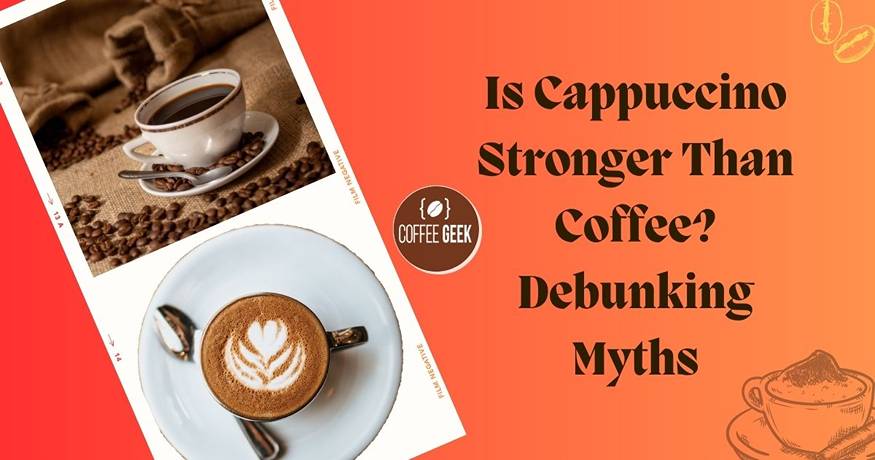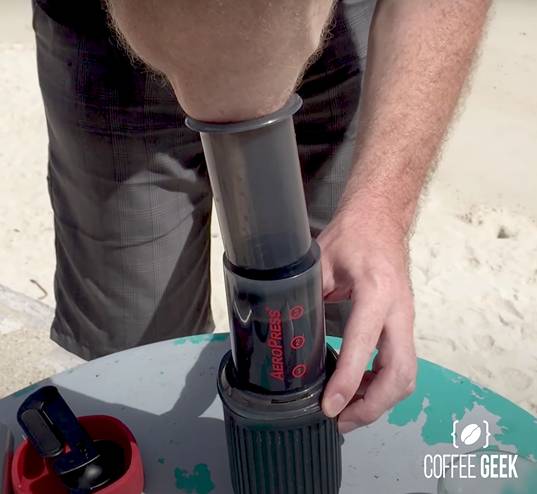When it comes to coffee, many people have their preferences. For some, it’s all about the classic black coffee, while others enjoy the creamy, frothy goodness of a cappuccino.
But when it comes to strength, do you know if a cappuccino is stronger than regular coffee?
It’s a question that many coffee lovers have pondered over time, and the answer isn’t always as simple as it seems.
In reality, the strength of a coffee drink can be subjective and depends on various factors, such as the coffee bean quality, brewing method, and ratios of ingredients.
A cappuccino typically contains more caffeine than regular coffee, owing to its espresso base.
However, the taste and flavor might not necessarily be stronger, as the addition of milk can mellow out the boldness of the coffee.
Is Cappuccino Stronger Than Coffee Key Takeaways
- Cappuccinos generally have more caffeine than regular coffee
- The addition of milk can influence flavor strength
- Your personal taste preferences will ultimately determine which coffee option you find stronger.
Cappuccino vs. Coffee: Basic Differences
Ingredients and Composition
When comparing cappuccinos and coffee, the main difference lies in their ingredients.
A traditional cappuccino is made up of espresso, steamed milk, and milk foam, while coffee usually consists of just hot water and roasted coffee beans.
I found that the espresso in cappuccino gives it a strong, concentrated flavor, while coffee gets its taste from the brewed roasted beans submerged in water.
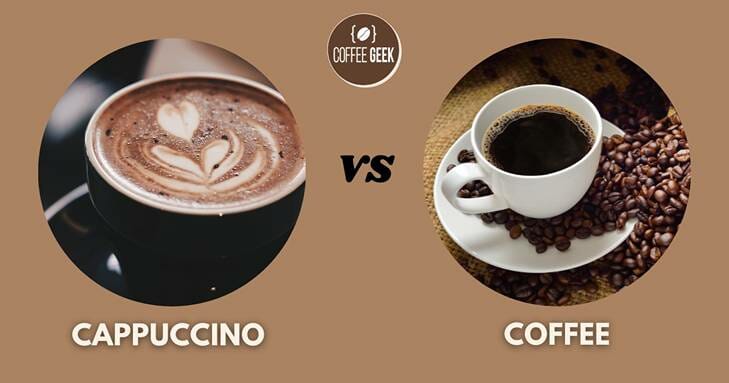
Preparation and Brewing Methods
The preparation and brewing methods for cappuccinos and coffee are quite different.
To make a cappuccino, I would use an espresso machine, coffee maker to extract the espresso, steam the milk, and create the milk foam.
These three elements are then combined in equal parts to form the perfect cappuccino.
However, making coffee is much simpler. There are various brewing methods for coffee, such as drip coffee, pour-over, and French press, but they all involve hot water being poured over ground coffee beans.
The water passes through the grounds and takes on the flavor of the roasted beans as it gets filtered.
Texture and Flavor
Cappuccinos have a unique texture, thanks to the milk foam and steamed milk. The milk foam creates a thick, frothy layer, while the steamed milk adds a velvety smoothness.
This contrasts with the texture intense flavor of brewed coffee, which tends to be much smoother without any foam or bubbles.
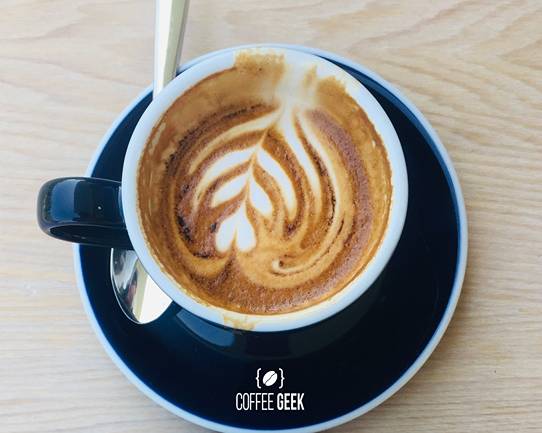
As for the taste, my experience shows that most coffee drinks have a stronger flavor due to the absence of milk in the mix.
I noticed that cappuccinos have more intense flavor and strong flavors as well, mainly coming from the espresso and milk content.
Several sources confirm that a cappuccino is not stronger than coffee in terms of taste, even though it may have a higher caffeine content than regular coffee.
So, while there are some similarities between cappuccinos and coffee, their differences in ingredients, preparation methods, and flavors make each beverage unique.
Strength and Caffeine Content
Caffeine in Espresso vs. Brewed Coffee
When it comes to the caffeine content in cappuccino and brewed coffee, there is a difference. Espresso, which is the base of a cappuccino, has a higher concentration of caffeine per ounce.
However, a typical serving of espresso is smaller (1 oz.) than that of brewed coffee (8 oz.).
As a result, the total caffeine content in a single shot of espresso is usually less than that in a cup of coffee brewed.
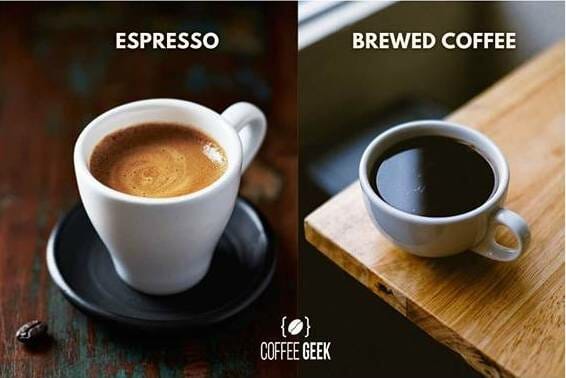
For example, I found that a single shot of espresso has about 63 mg of caffeine, while an 8-ounce cup of brewed coffee contains around 95 mg of caffeine, or more depending on the brewing method and coffee bean type.
So, despite its stronger taste and higher concentration per ounce, espresso often has less caffeine overall than brewed coffee.
Factors Affecting Caffeine Concentration
Several factors influence the caffeine concentration in both espresso and brewed coffee, making it difficult to firmly declare one as stronger than the other.
- Type of coffee beans: Some coffee beans naturally contain more caffeine than others. For instance, Robusta beans have a higher caffeine content than Arabica beans.
- Roast level: The roasting process can also affect caffeine content. Contrary to popular belief, darker roasted beans have slightly less caffeine than lighter roasts because the roasting process reduces the amount of caffeine in the beans.
- Ground coffee beans: The grind size of coffee beans can impact the caffeine content. Finer ground beans allow for greater extraction of caffeine during brewing, resulting in a stronger brew with more caffeine.
- Brewing method: The brewing technique you use also plays a role in the caffeine concentration. According to the examples I found, methods like pour-over and drip coffee can yield a well-balanced cup, whereas using a French press can produce a stronger cup of coffee.
Overall, the strength and caffeine content of cappuccino versus brewed coffee can be influenced by various factors.
While espresso may have a higher concentration of caffeine per ounce, the total caffeine content in a typical cappuccino might be less than that of coffee due to the addition of steamed milk and the smaller serving size of espresso.
Taste and Flavor Profiles
Cappuccino Taste Elements
When I sip my cappuccino, the first thing I notice is the creamy texture of the milk foam, which adds a certain richness and smoothness to the drink.
The espresso base gives it a strong and slightly bitter taste, but the milk helps to balance it out so it’s not too overwhelming.
You may also find that a well-prepared cappuccino has a hint of sweetness from the steamed milk, which adds another layer of complexity to the flavor profile of espresso coffee.
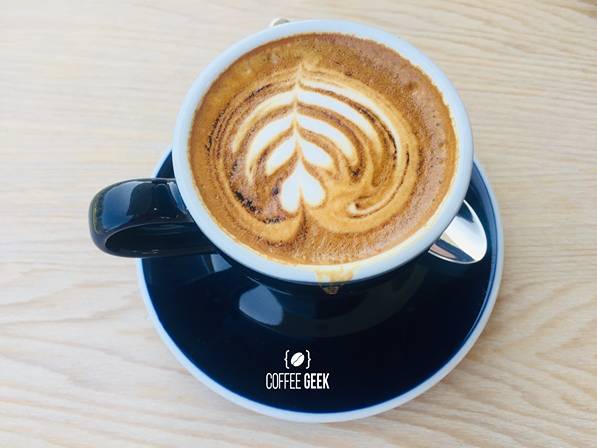
In terms of additional flavors, some people like to sprinkle a bit of cinnamon or cocoa powder on top of the foam for a little extra kick.
I personally enjoy the comforting and velvety feel of cream milk in a cappuccino, especially on a chilly morning.
Coffee Taste Variations
As for coffee, the taste can vary greatly depending on the type of brewed coffee beans, of roast, and the brewing method used.
When I drink black coffee, the flavor is often more intense than a cappuccino and can range from fruity and acidic to bold and smoky, depending on the beans and the roast level.
For instance, a dark roast coffee may have a nutty and slightly bitter taste, while a light roast can be more bright and acidic.
It’s also worth noting that some people prefer to add sugar, cream, or flavored syrups to their coffee, which can all influence the overall taste and experience.
If you’re into trying different coffee flavor profiles, you may want to experiment with different beans and roasting levels.
The addition of milk or cream to a coffee can turn it into something more like a latte or cappuccino, making the espresso flavor much subtler and more approachable for those who don’t fancy a strong black coffee.
To sum up, both cappuccino and coffee have their own unique taste elements that cater to different preferences and moods.
Whether you prefer the creamy, smooth taste of a cappuccino or the rich, bold flavors of a coffee, there’s a world of taste variations out there waiting to be explored and enjoyed by your taste buds.
See more on What’s so special about Cappuccinos here.
Popular Coffee Drink Variations
As a coffee lover, I’ve always been interested in the different drink variations available.
In this section, I’ll dive into a few of these popular variations, such as Lattes and Cappuccinos, as well as Macchiatos and Americanos.
Latte and Cappuccino Differences
A Latte is a popular coffee drink that combines a shot of espresso with steamed milk, topped off with a small layer of milk foam.
While I usually prefer my lattes with a double shot of espresso for that extra kick, the standard latte typically has one shot.
The foamed milk in a latte creates a creamy and smooth texture that I find quite comforting.
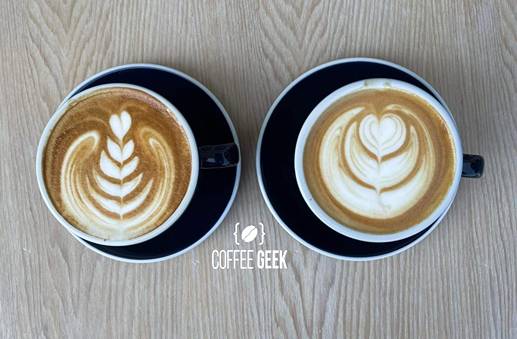
On the other hand, a Cappuccino is a bit different from a latte. It consists of equal parts espresso, steamed milk, and milk foam.
I’ve noticed that the cappuccino is slightly stronger due to the higher proportion of espresso in the drink, and the even distribution of more milk and foam gives it an airy texture.
- Latte: 1 shot espresso + steamed milk (more) + milk foam (less)
- Cappuccino: 1 shot espresso + steamed milk (less) + milk foam (more)
Macchiato and Americano
When it comes to Macchiatos, this coffee drink differs from the latte and cappuccino by using a smaller amount of milk.
If you ask me, it’s perfect for those who enjoy the strong taste of espresso but with just a hint of creaminess.
A traditional macchiato is made with a shot of espresso and topped with a small dollop of foam. Some people enjoy adding a bit of steamed milk to create a “latte macchiato.”

Last but not least, the Americano is a popular choice for black coffee enthusiasts like me who occasionally crave the taste of espresso in a less concentrated form.
It consists of a shot of espresso (or a double shot, if you prefer) and hot water, resulting in a similar flavor profile to black coffee but with the added strength and complexity of espresso.
In summary, these different specialty coffee drinks offer a variety of options to cater to individual preferences.
Whether you enjoy a creamy latte, a frothy cappuccino, a strong macchiato, or a bold Americano, there’s bound to be a coffee drink for everyone!
Health Impacts and Nutritional Content
Calorie and Nutrient Comparison
When it comes to cappuccino and coffee, I noticed that there are some differences in their calorie and nutrient content.
A cappuccino has a little more calories due to the milk steamed added to it.
Typically, a cappuccino is made with a single shot of espresso and steamed milk.
On the other hand, coffee is brewed with grounds and usually contains fewer calories unless you add cream or sugar.
In terms of nutrient content, cappuccino contains some calcium and protein from the milk, while regular coffee doesn’t have much except for trace amounts of minerals.
Another interesting fact I found is that the content of caffeine between cappuccino and coffee is not significantly different.
However, the strength varies based on the quality of coffee beans and the preparation method.
Health Benefits and Risks
As a coffee lover, I’ve been aware of some health benefits that come from drinking coffee. Antioxidants found in coffee may help fight diseases and offer an energy boost.
However, an excess of caffeine can also have negative effects on our health.
On the other hand, a cappuccino can offer similar health benefits due to its espresso base. The added hot milk in a cappuccino can provide additional nutrients, like calcium and protein.
However, it’s essential to be mindful of the amount and type of hot milk you’re using as certain milk varieties can be high in unhealthy fats.
For those sensitive to caffeine or looking to reduce their caffeine intake, both cappuccino and coffee can be found in decaf versions.
This allows you to enjoy your favorite drink without the risks associated with high caffeine intake.
So, whether you prefer a cappuccino or a cup of coffee, each has its health benefits and potential risks.
As with most things, moderation is key, and it’s essential to be informed about your choices.
Personalizing Your Coffee Experience
Coffee Shop Offerings
When I visit a coffee beverage shop, I love exploring the different options they have. My personal preference is a cup of cappuccino, which I find stronger than regular coffee.
But there are so many other great drinks to try, like a latte macchiato with beautiful latte art or a simple cup of drip coffee made with Arabica or Robusta beans drip coffee.
Coffee shops usually offer a variety of flavors, from classic chocolate to seasonal pumpkin spice.
I enjoy adding a bit of cinnamon or flavored syrups to my drinks, but sometimes a little sugar or sweetener is all I need to satisfy my taste buds.
Brewing Coffee at Home
When it comes to brewing coffee at home, I’ve tried different methods to find my favorite. I’ve experimented with instant coffee for a quick fix, and I’ve ground my own coffee beans for a more personalized experience.
One of my favorite tools is the French Press, which gives me full control over the brewing process and lets me experiment with the strength of my coffee.
More recently, I’ve been using an Aeropress for a faster and cleaner brewing experience.
This small, versatile device allows me to try different coffee grounds, adjusting the brewing time and water temperature to achieve different flavors.
At home, I can also try enhancing my coffee with a splash of chocolate, sweeteners, or syrups, just like I do at the coffee shop.
Mixing in a dash of cinnamon or a sprinkle of cocoa not only adds a unique twist to my coffee, but also helps me discover new combinations that I might not have tried otherwise.
In the end, personalizing my coffee experience has been all about exploring different beans, brewing methods, and flavors.
Whether I’m at coffee shops or in my own kitchen, the possibilities are endless, allowing me to cater to my personal preferences and continuously find new ways to enjoy my favorite beverage.
FAQs
What’s the difference between coffee and cappuccino?
The main difference between coffee and cappuccino is in the way they are made. Regular coffee is brewed using any roast of coffee beans and various coffee brewers, while cappuccinos are made with espresso coffee, steamed milk, and foamed milk in equal thirds. As a result, cappuccinos have a creamier texture and a stronger flavor compared to regular coffee.
Are cappuccinos unhealthy?
In moderation, cappuccinos can be a healthy part of your diet. With its components being espresso, milk stemaed, and foam milk, a cappuccino can provide calcium and protein from the milk. However, keep in mind that flavored syrups and additional sweeteners can increase the calorie and sugar content. So, it’s best to enjoy cappuccinos in moderation and opt for healthier variations when possible.
Do cappuccinos have more calories than coffee?
Cappuccinos typically have more calories than regular black coffee, mainly due to the milk and milk foam. Coffee on its own contains virtually no calories, but once you start adding milk, the calorie count increases. The exact number of calories depends on the type and amount of milk used in the cappuccino, as well as any additional sweeteners or syrups.
How much caffeine is in a Starbucks cappuccino?
A standard Starbucks cappuccino usually contains a single shot of espresso, which has around 75mg of caffeine. However, larger sizes may have more than one shot, increasing the content of caffeine. Comparing this to regular coffee, a cappuccino has less caffeine overall since a typical 8-ounce cup of brewed coffee contains more caffeine than a 1.5-ounce espresso shot. But remember, the intensity of caffeine in a cappuccino is higher due to the concentrated nature of espresso shot.

